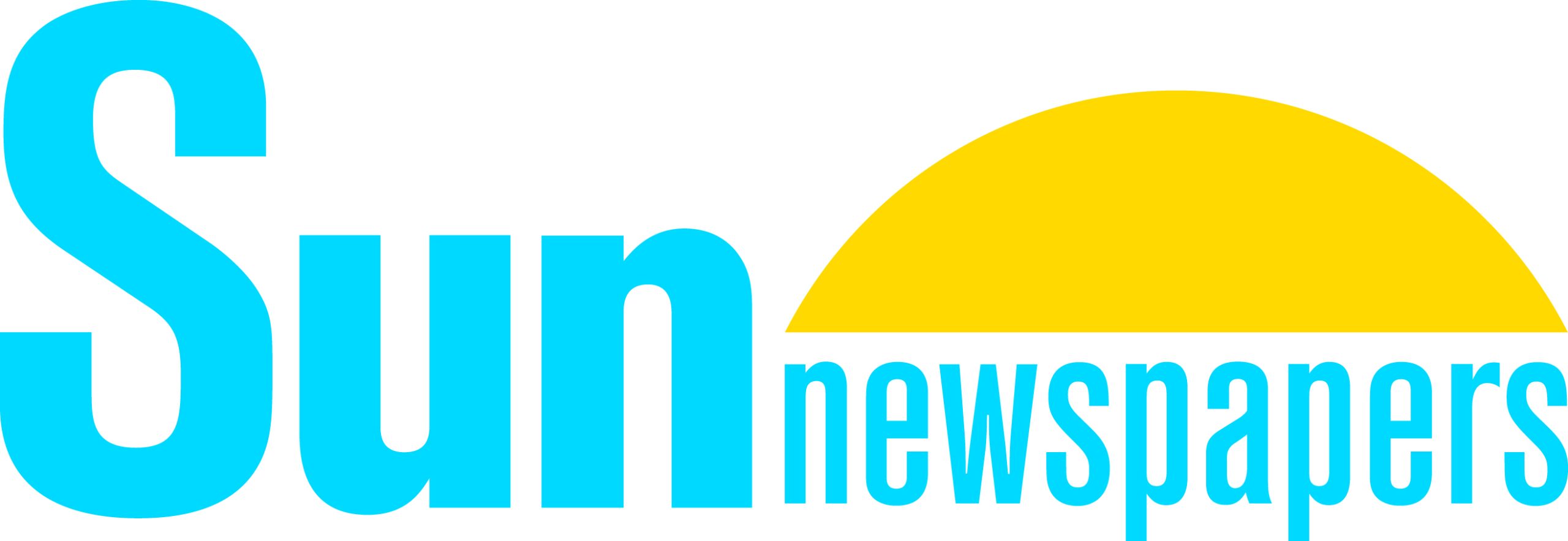This story is a brief taken from “Never Again In 100 years,” a documented journey of Friends of Seal Beach National Wildlife Refuge and The Pelican Van as written by their Historian, Doris Bryce. This tale is about history, dedication, and relevance for our local community. Contained in 3 ring binders with photos and documents we learn about the history of our Seal Beach wildlife refuge and the role it plays within our environment.
The event marked the 100th anniversary of the birthday of The National Wildlife Refuge System. President Theodore Roosevelt set aside Pelican Island, Florida as the first National Wildlife Refuge on March 14, 1903. There are now over 540 NWR’s encompassing 90 plus million acres
In 2002 a matching grant was offered for the most innovative plan to promote public awareness of this historical event. The Friends of Seal Beach NWR submitted an ambitious project to take a caravan of vehicles up the coast following the Pacific Migratory Bird Flyway, and YES!! won the grant!
The Pelican Van: A big van and supply trailer were purchased and professionally airbrushed with wildlife scenes and four life sized dummy pelicans were fastened on top. This was the lead vehicle and dubbed “The Pelican Van.” Large magnetic “Highway to Flyway” emblems identified the vehicles and matching hats, and vests identified the Caravanners.
Letters were sent to National Wildlife Refuges up the Pacific Flyway and the Seal Beach Friends went to every NWR that invited them. The host was to contact their local media, schools, etc., whoever would give the Centennial Caravan coverage. The Caravanners would provide a video presentation, skit, wildlife talk, mobile display boards, brochures, an educational activity packet unique to the caravan, and the “know how.” We also had a huge Blue Goose costume that represented the flying Blue Goose logo that is seen on all NWR signs.
Seven vehicles left Seal Beach NWR on “Flyway Day,” March 22, 2003, heading for Sacramento NWR for our first stop (2 nights in their new intern house). The days were filled with visiting various refuges, schools, Convention Centers and giving presentations. The first day at 8 a.m., we were lined up behind Sacramento NWR’s new gigantic fire truck for a parade. The fire truck had a big fuzzy Smokey the Bear as big as the Blue Goose. A loud happy cheer went up when Blue Goose hugged Smoky.
The Friends learned much about the value and successful work that continues on the NWRs we had the good fortune to visit. Some of these refuges are very large and some have very active Friends groups. Nisqually NWR in Olympia, WA has 2,925 acres. They have 100 members who put in 12,000 hours voluntary service last year. They put on a wonderful pot luck for us in their snappy uniforms. What a welcome!
We had a very busy, eventful, and wonderful excursion and still had a little time to visit well-loved places such as the High Desert Museum and Jedediah Smith Redwoods State Park and a little bird watching. What great country for birding!
We arrived back at the Seal Beach Naval Weapon Station. It was dark but we could see the outline of the Nature Center building. It was April 5, 2003 – we did it!
The binders inside the Seal Beach refuge headquarters are but one repository of facts about the past as well as insights into the future. Friends of Seal Beach NWR, Volunteers of US Fish & Wildlife Service, and community volunteers continue to share in this legacy. Pictured is one of the last images of The Pelican Van prior to its retirement.
In support of Earth Day 2022 (Invest In Our Planet) consider supporting Friends of Seal Beach National Wildlife Refuge and their role in helping to maintain a home for native plants, birds, marsh inhabitants, and middens.
For more information, visit www.sealbeachnwrfriends.org.




